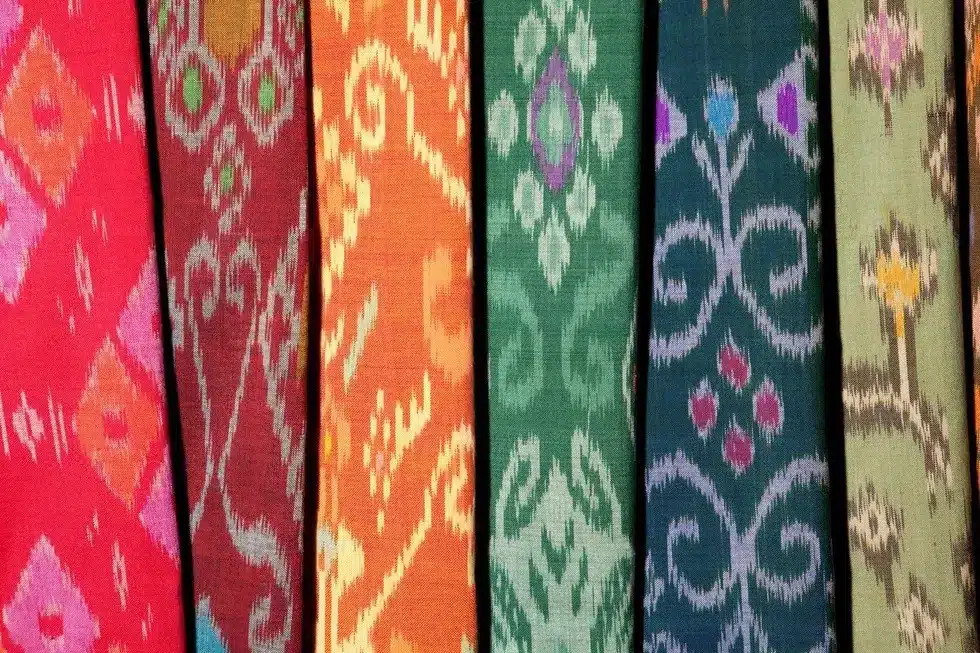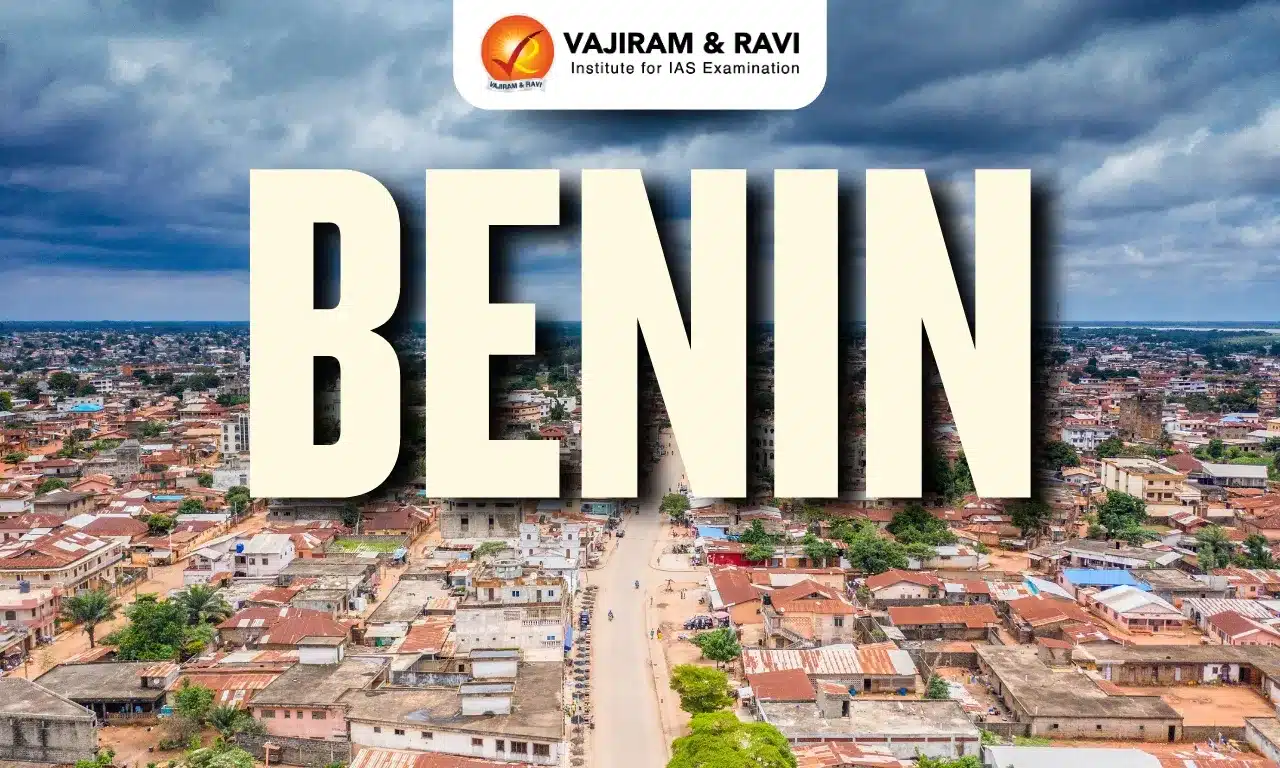About Ikat design:
- Origin & Technique:
- Ikat originates from the Indonesian/Malay word ‘mengikat’, meaning to bind.
- It features a resist dyeing process where threads are dyed before weaving.
- The fabrics exhibit unique ‘blurred’ effects due to slight misalignments of threads.
- Historical references:
- Ancient references to ikat include the Buddhist ‘Lalitavistara Sutra’ and the Ajanta caves murals.
- These references mention ‘Vichitra Patolaka’, associated with the double ikat or patola of Gujarat.
- Types of Ikat:
- Single Ikat: Dyeing involves either the warp or the weft threads, simpler and quicker to produce.
- Double Ikat: Both warp and weft threads are intricately resist-dyed for precise alignment, known for their complexity.
- Key regions and GI tags:
- Patan’s Patola from Gujarat is known for its double ikat and received a GI tag in 2013.
- Rajkot Patola, a simpler single ikat variant from Gujarat, also received a GI tag in 2013.
- Odisha’s Bandha specialises in single ikat with GI-tagged styles like Sambalpuri Ikat (2010) and Bomkai (2009).
- Telangana’s Telia Rumal is famous for its oil-treated threads that enhance colour depth and received a GI tag in 2020 and Pochampally Ikat is known for its geometric patterns and received a GI tag in 2005.
Q1: What is the National Bank for Agriculture and Rural Development (NABARD)?
It is a financial institution that was set up by the Indian government to promote sustainable agriculture and rural development in the country. It is the main regulatory body in the country’s rural banking system. It was established in 1982 as a central regulating body for agriculture financing and the rural section. The government of India established NABARD under the outlines of the National Bank for Agriculture and Rural Development Act 1981.
Last updated on November, 2025
→ Check out the latest UPSC Syllabus 2026 here.
→ Join Vajiram & Ravi’s Interview Guidance Programme for expert help to crack your final UPSC stage.
→ UPSC Mains Result 2025 is now out.
→ UPSC Notification 2026 is scheduled to be released on January 14, 2026.
→ UPSC Calendar 2026 is released on 15th May, 2025.
→ The UPSC Vacancy 2025 were released 1129, out of which 979 were for UPSC CSE and remaining 150 are for UPSC IFoS.
→ UPSC Prelims 2026 will be conducted on 24th May, 2026 & UPSC Mains 2026 will be conducted on 21st August 2026.
→ The UPSC Selection Process is of 3 stages-Prelims, Mains and Interview.
→ UPSC Result 2024 is released with latest UPSC Marksheet 2024. Check Now!
→ UPSC Prelims Result 2025 is out now for the CSE held on 25 May 2025.
→ UPSC Toppers List 2024 is released now. Shakti Dubey is UPSC AIR 1 2024 Topper.
→ UPSC Prelims Question Paper 2025 and Unofficial Prelims Answer Key 2025 are available now.
→ UPSC Mains Question Paper 2025 is out for Essay, GS 1, 2, 3 & GS 4.
→ UPSC Mains Indian Language Question Paper 2025 is now out.
→ UPSC Mains Optional Question Paper 2025 is now out.
→ Also check Best IAS Coaching in Delhi

















